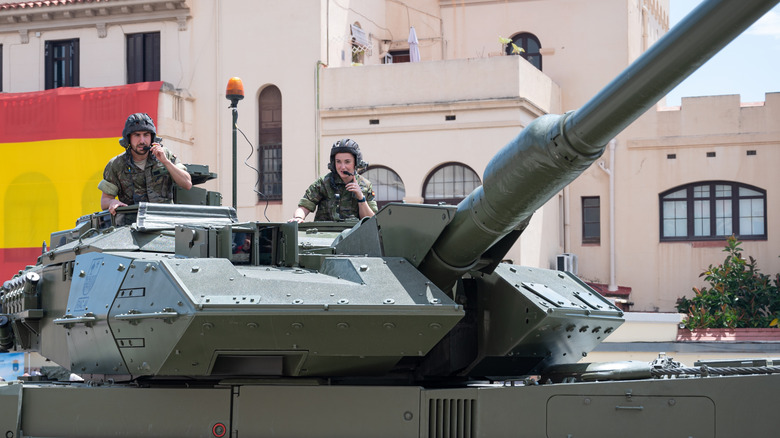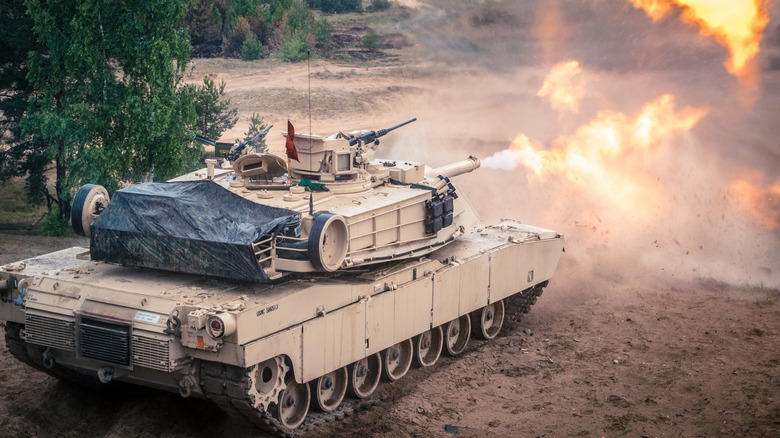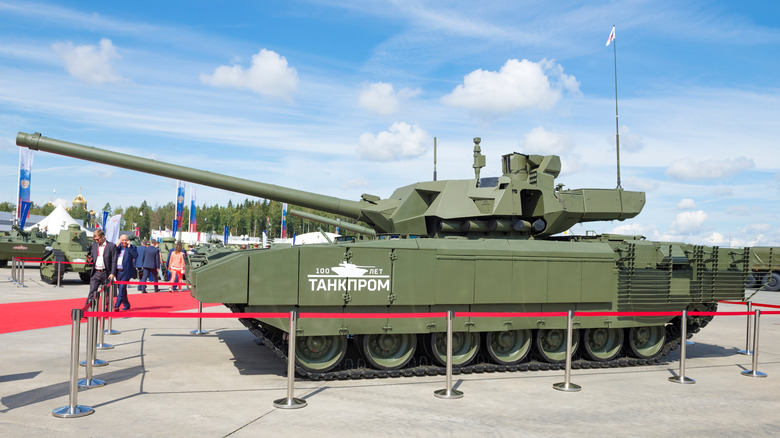What Is A Military Tank Turret And How Does It Work?
A tank turret is the brain and brawn of an armored fighting vehicle, housing its most critical functions: the main gun, targeting systems, and a complement of crew. From the outside, it might seem like a simple dome spinning on top of a tracked hull, but inside, it's a tightly engineered fortress of firepower and precision.
At its core, a tank turret allows the crew to aim and fire without repositioning the entire vehicle. In traditional designs, the turret sits atop the hull on a circular ring and uses traverse gears to pivot 360 degrees horizontally. Inside, the gunner, loader, and commander each occupy specialized roles. The gunner aims, the loader readies the ammunition, and the commander scans the environment, often through an independent panoramic sight.
What makes turrets essential is their integration. Modern turrets combine stabilized weapons, automated fire control, and sensors into a synchronized system. Whether manually loaded or equipped with an autoloader, the turret's structure ensures the main gun can elevate and depress independently while staying protected under armor.
Over time, turrets have evolved from cramped steel shells into networked, semi-autonomous systems. But the core principle remains; a turret gives tanks their tactical edge, allowing them to spot first, shoot first, and survive longer, often determining who wins the fight in the opening seconds.
The anatomy of a tank turret: guns, gears, and precision
A modern tank turret has a compact yet brutally efficient system of machines and firepower. While the rotating shell gives the tank its familiar look, the true engineering lies in what's packed beneath the armor.
At the heart is the main armament: usually a large-caliber smoothbore or rifled gun, typically mounted in a cradle and equipped with mechanisms like a muzzle brake to control recoil. This is attached to traverse and elevation mechanisms, which were originally manual, but are now mostly powered by electric or hydraulic systems, depending on the tank model. Designs like the Sherman typically used early hydraulic drives, while later tanks, including today's M1 Abrams which is considered to be one of the best tanks ever made, rely on precise, responsive electric turret controls.
Beneath the surface, advanced fire control systems calculate ballistic trajectories, factoring in stuff like wind, temperature, and vehicle movement. Sensors gather targeting data, which can be used to cue autoloaders or even fire autonomously in both unmanned or semi-automated tanks.
Turret architecture also varies. Oscillating turrets, like those on the French-made AMX-13 light tank, separate elevation and rotation between two pivoting segments. This is ideal for autoloaders because the gun and breech remain fixed relative to the turret, allowing the loading mechanism to stay perfectly aligned regardless of gun elevation, but notoriously hard to seal against nuclear, biological, and chemical threats due to the moving joint between turret halves, which compromises airtight integrity. On the other hand, most conventional turrets integrate these functions into a single rotating unit for robustness and crew safety.
Modern firepower: how advanced turret systems dominate the battlefield
Whether it's mounted on a main battle tank or a nimble infantry fighting vehicle, the turret is now a platform for decision-making as much as it is for destruction. Much of this stems from advances in fire control and targeting. Features like hunter–killer capability allow a commander to identify and designate targets independently of the gunner, accelerating engagement cycles. High-resolution thermal sights, laser rangefinders, and stabilized optics enable precise targeting on the move, day or night. These are tied into digital fire-control computers that process environmental inputs and weapon ballistics in real time.
The shift toward unmanned and modular turret systems is just as transformative. Vehicles like the T-14 Armata (one of the fastest military tanks ever built) and AbramsX concept tank use remote-operated turrets, allowing the crew (if any) to sit safely in the hull behind reinforced protection. Some of these designs support large-caliber guns, autoloaders, and even pop-up missile and drone launchers. The removal of the loader in place of an autoloader has also allowed for shrinking turret profiles to reduce visibility and weight.
Active protection systems, such as the Rafael Advanced Defense Systems' Trophy and Elbit Systems' Iron Fist, add another layer by intercepting incoming projectiles mid-air. Their radar and optical sensors don't just defend, they expand situational awareness, turning the turret into an information node for the entire formation.


